|
We carried out geophysical and drone imagery surveys at Fort 9 in Kaunas last Wednesday, Thursday, and Friday, July 10 through 12. But we drove the 90 minutes back to Kaunas and Fort 9 on the Sunday for the commemoration of the liquidation of the Kaunas (Kovno in Yiddish) Ghetto 75 years ago. On June 22, 1941, the Germans attacked the Soviet Union and entered Lithuania. One day later, on June 23, the Germans entered Kovno, leaving no time for the City’s Jewish population of 35,000 to flee. On July 10, the mayor and military commander of Kovno declared the establishment of a Jewish Ghetto in the impoverished suburb of Slobodka on the north side of the Neris river from Kovno. The Jewish population of Slobodka swelled from 6,000 to 35,000.
As a ghetto, the Jews were sequestered as slave labour in horrendously overcrowded conditions. In late October of 1943, the conditions became much worse when the Germans transformed the Ghetto into a concentration camp. As a concentration camp, any fantastical Nazi pretenses of cloistering Jews for their own protection were discarded. The very young and elderly were transported to Auschwitz and gassed. 2,800 young men and women were deported to slave labour camps Estonia. Only Jews capable of working, were kept alive in the Ghetto. At the same time of the transformation of the Kovno Ghetto into a concentration camp, the Nazis used 64 Jews from the Ghetto, from Jewish POWs in the Red Army, and fromJewish partisan groups, to begin to exhume the 50,000 or so mass burials at Fort 9, to burn the bodies, to crush the bones, and to bury or scatter the ashes. As Soviet forces approached Kaunas, and being intent on not leaving a single Jew alive of the surviving 8,000, the Germans found resources to deport remaining Jews to the Dachau and Stutthof concentration camps. On July 11, the Germans began to systematically destroy Kovno, shooting anyone that tried to flee the Ghetto. On July 12, they set Kovno on fire. Each of the approximate 400 survivors had stories of hiding themselves in secret spaces (malinas) dug below the floors or in basements, smuggling themselves out of the Ghetto, or simply fleeing on foot. The Red Army entered Kovno on August 1, 1944. At the ceremony, a few survivors of the Kovno Ghetto, largely from Israel, returned to the killing site at Ninth Fort where we have been working, and where the ceremony was held. There were also a few hundred children, grandchildren, and great grandchildren of these survivors. Many Lithuanians, including from Kaunas, from the Fort 9 Museum, and from the government were also present. Of all the speeches…and of course we understood none of the Lithuanian, very little of the Yiddish, most of the Hebrew…the most powerful for me was from the first resident Ambassador from Israel to Lithuania, Amir Maimon. Besides speaking in English, Maimon also gave a personal anecdote which clearly explained why we were carrying out geophysical surveys at this place of death. Some time earlier Maimon had come to Fort 9 with his son. “I saw with my very own eyes a newly married couple coming here to take pictures. How can it be that a couple, on the happiest day of their lives, come to this place of tragedy. The answer is very simple; they simply do not know.” And so here we are, trying to better understand, if not why, at least exactly where these mass murders and burials occurred, so that they can be demarcated, protected, memorialized, and perhaps serve as a cautionary narrative.
0 Comments
Leave a Reply. |
Categories
All
Archives
August 2022
|
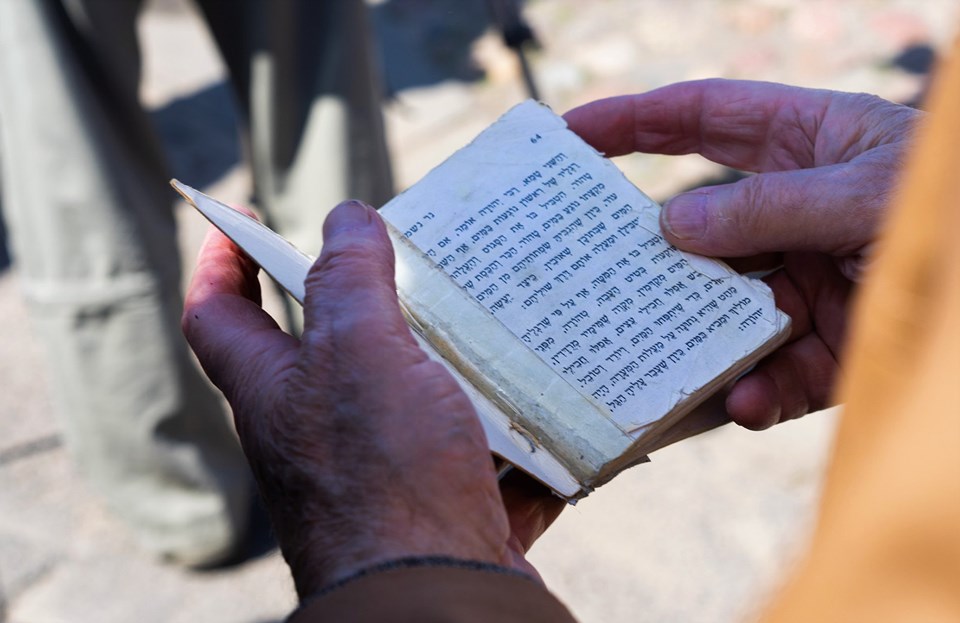
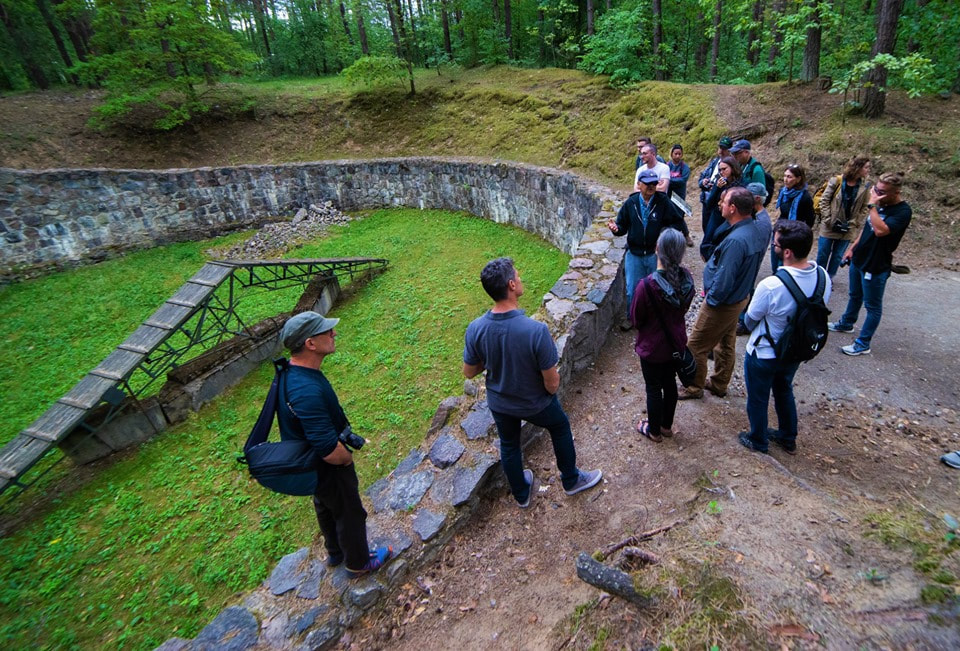
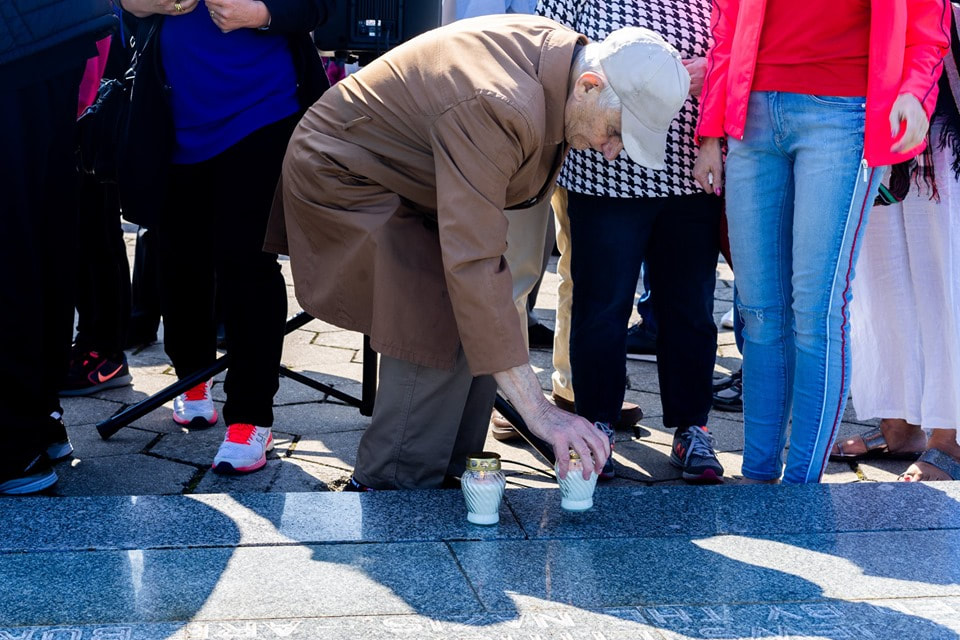
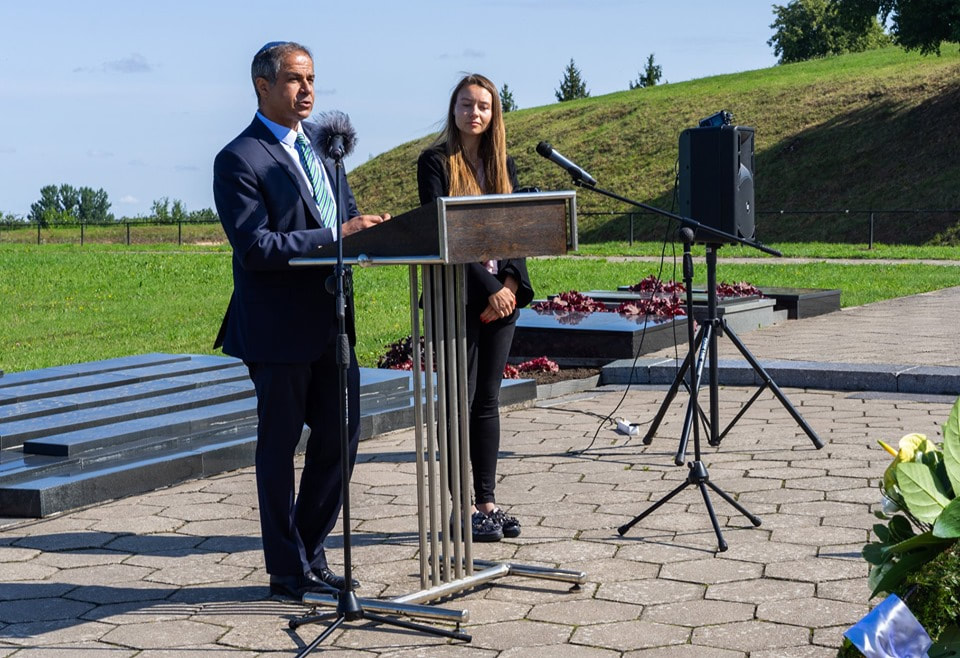
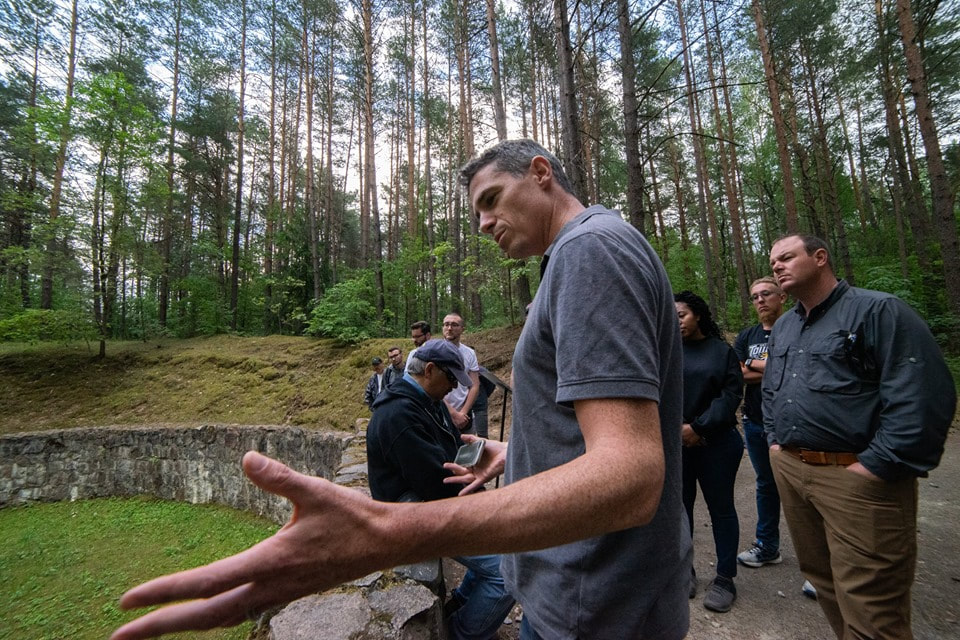
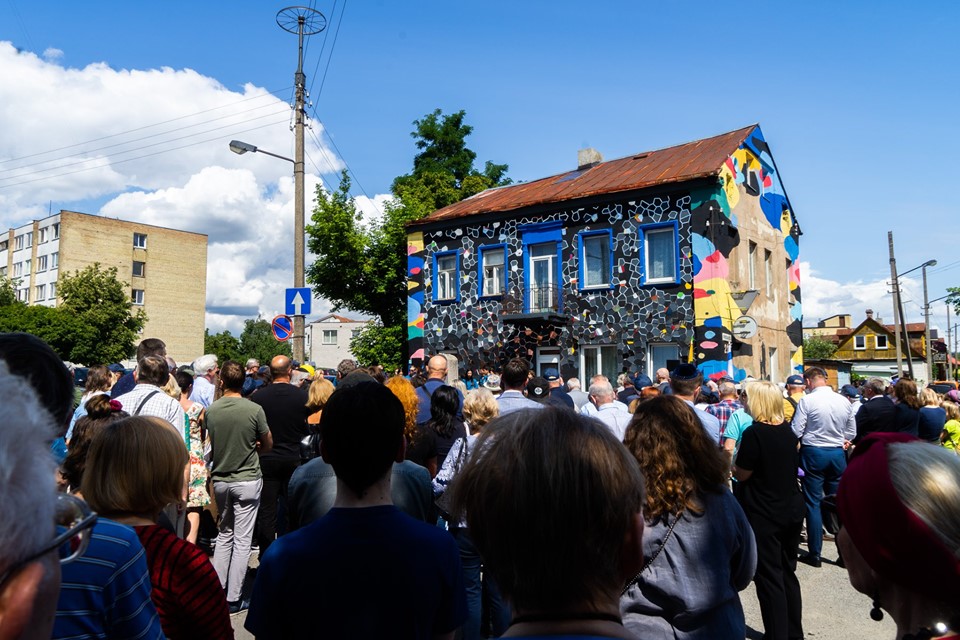
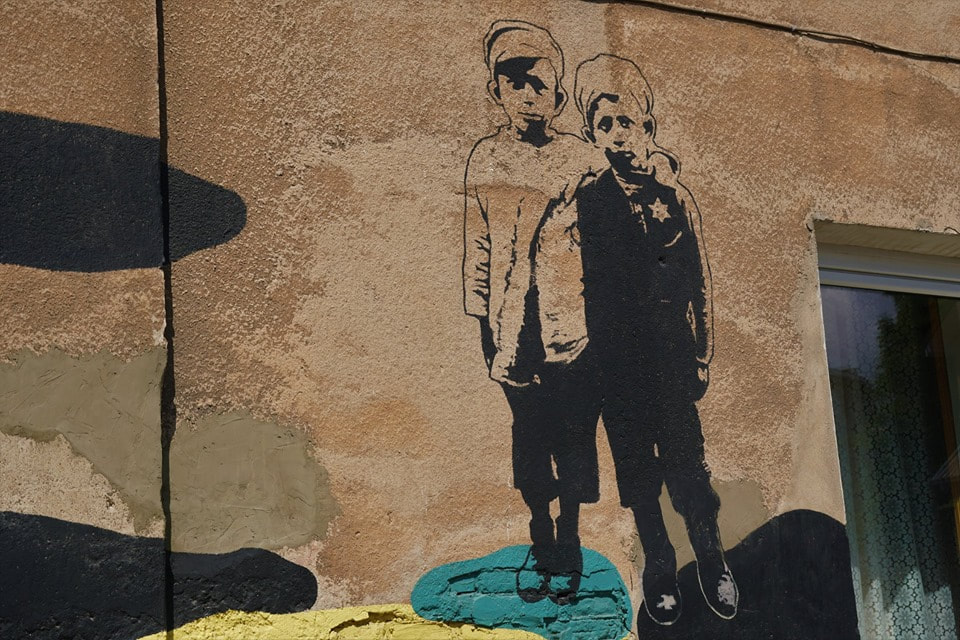
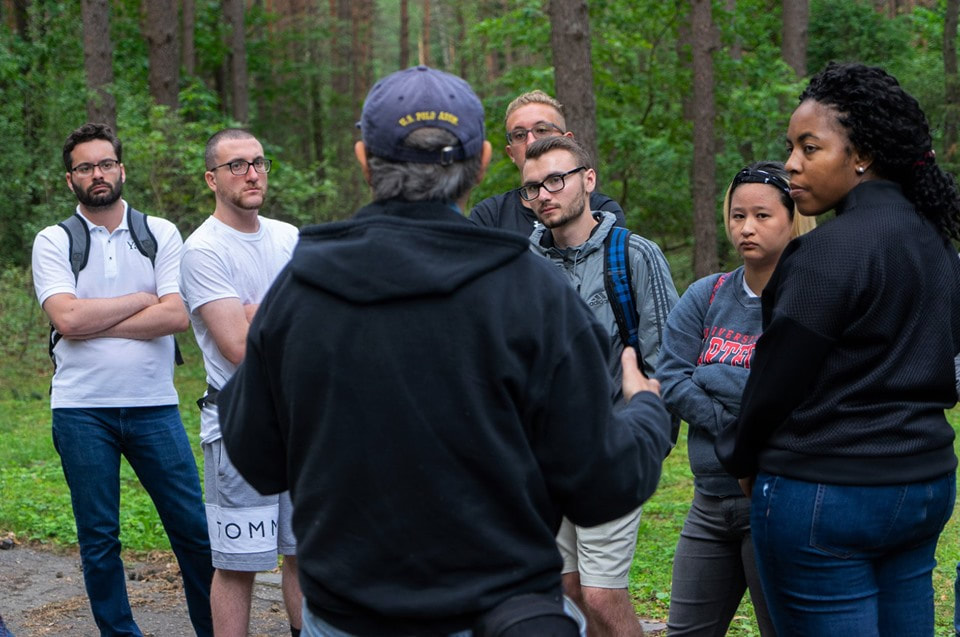
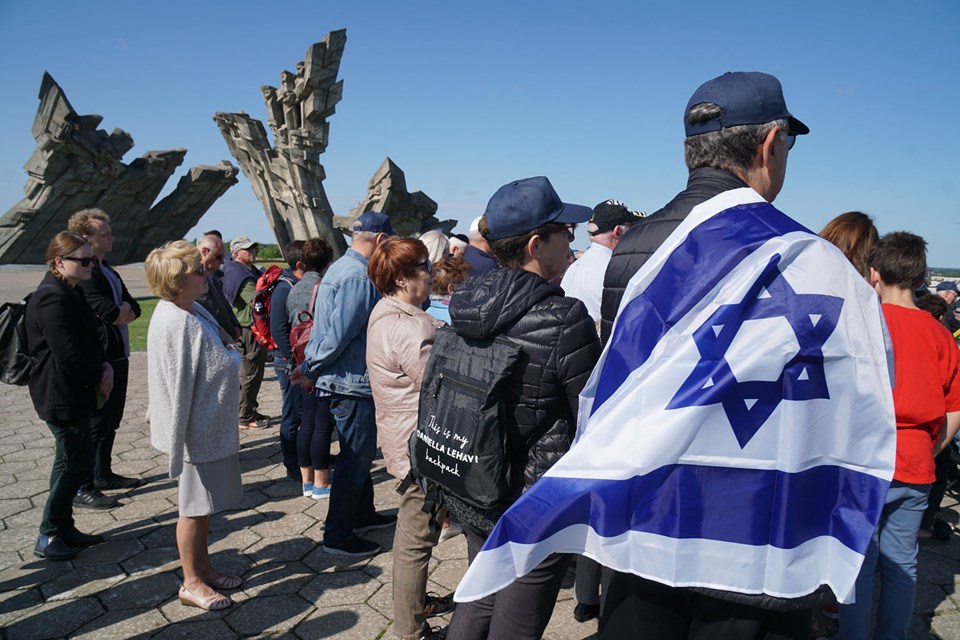
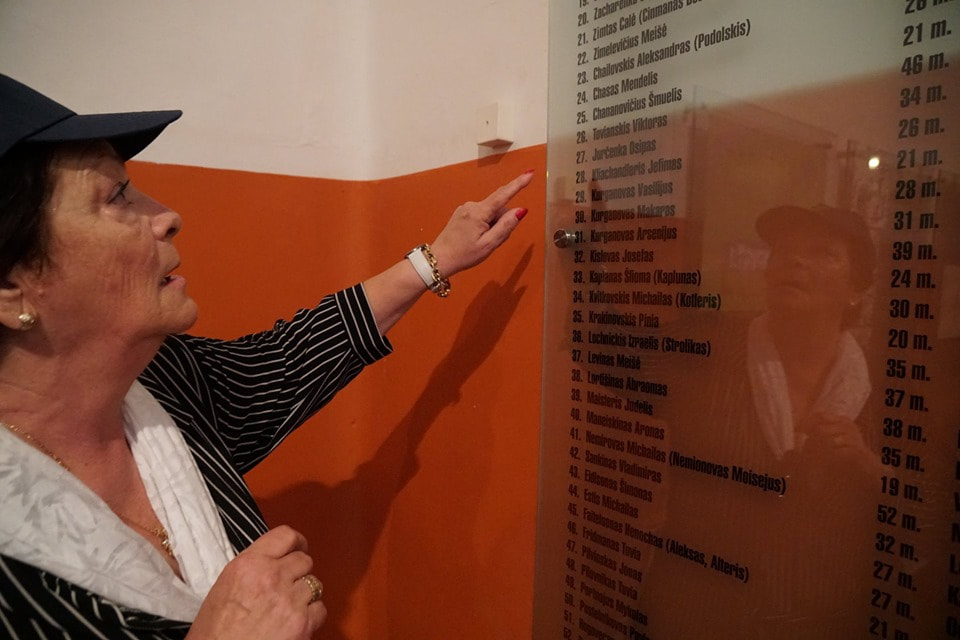
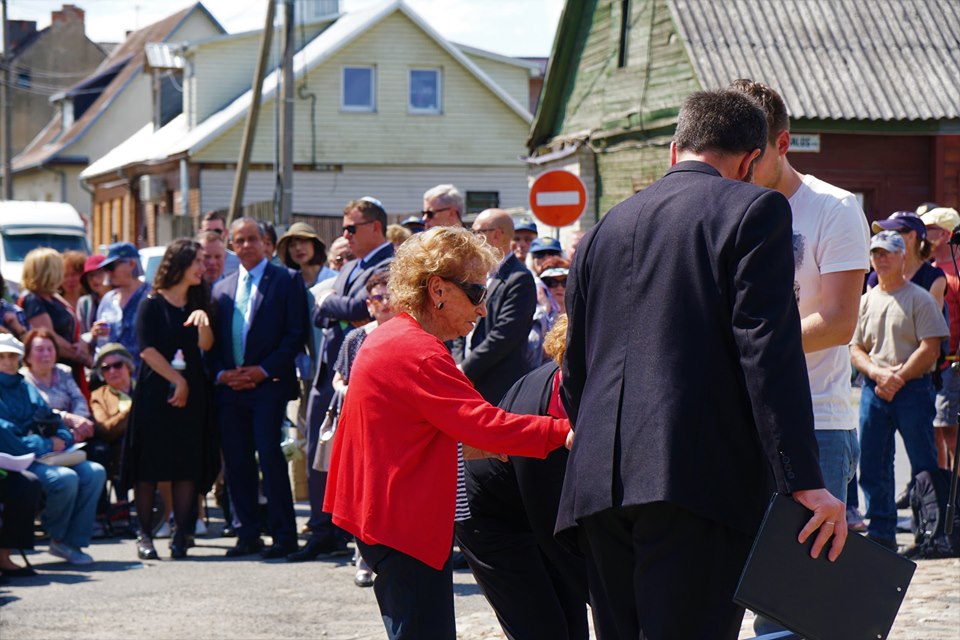
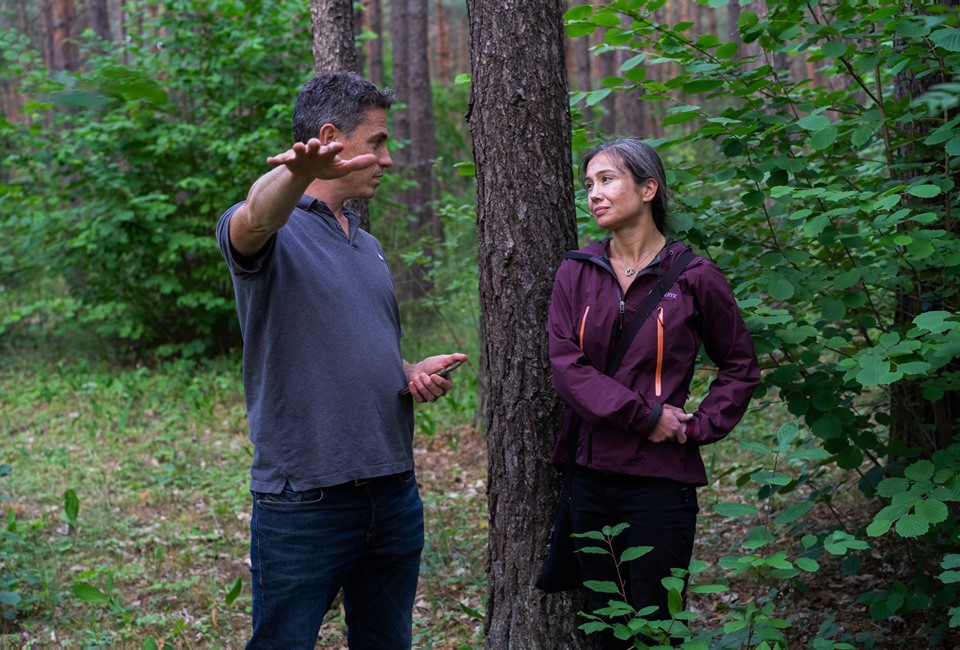
 RSS Feed
RSS Feed